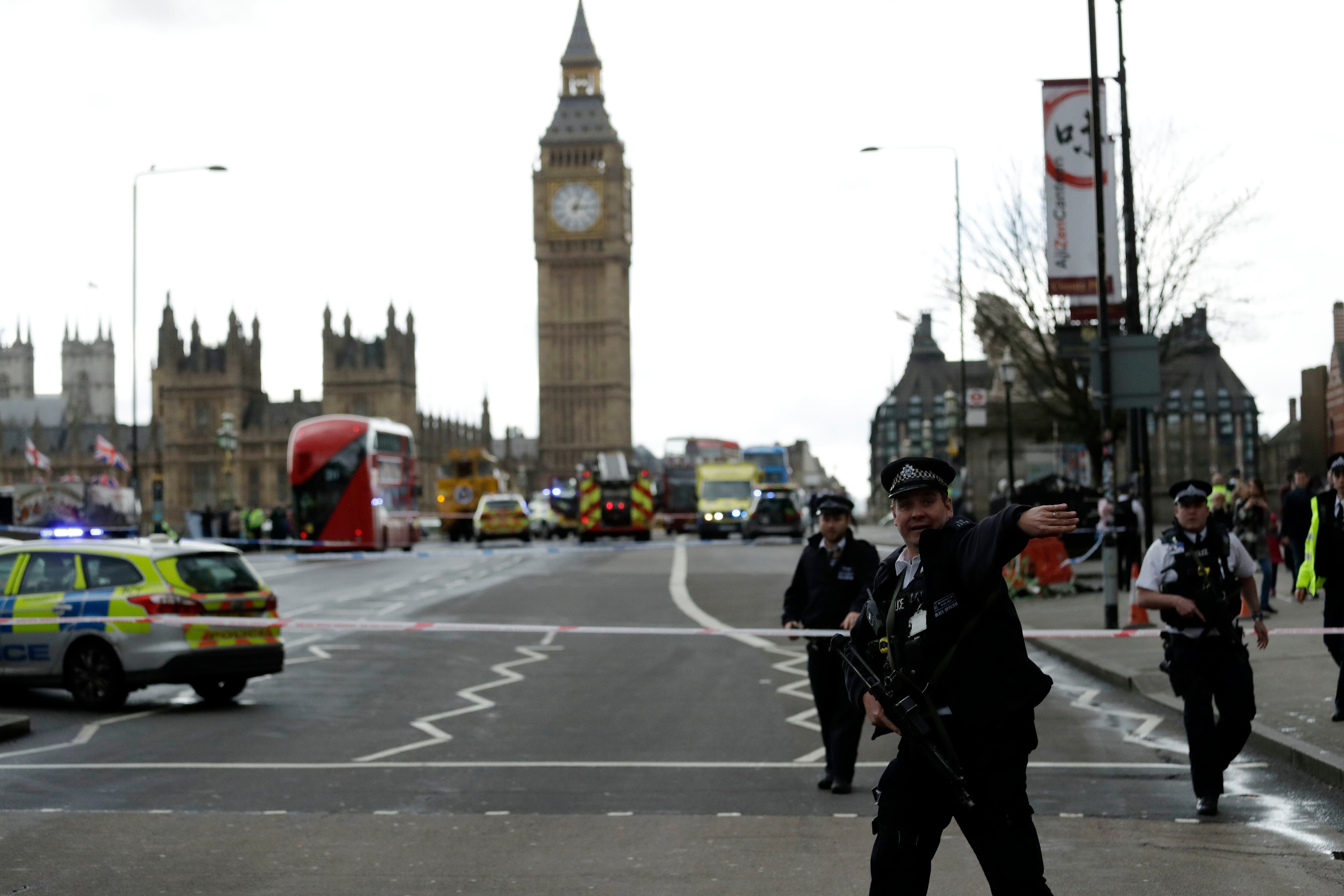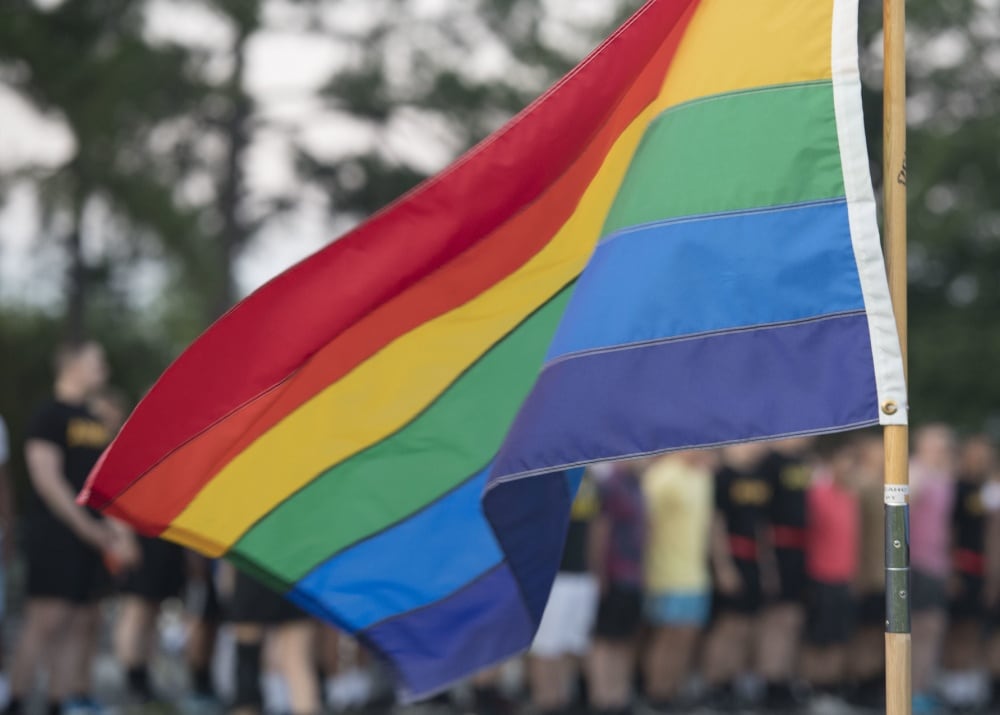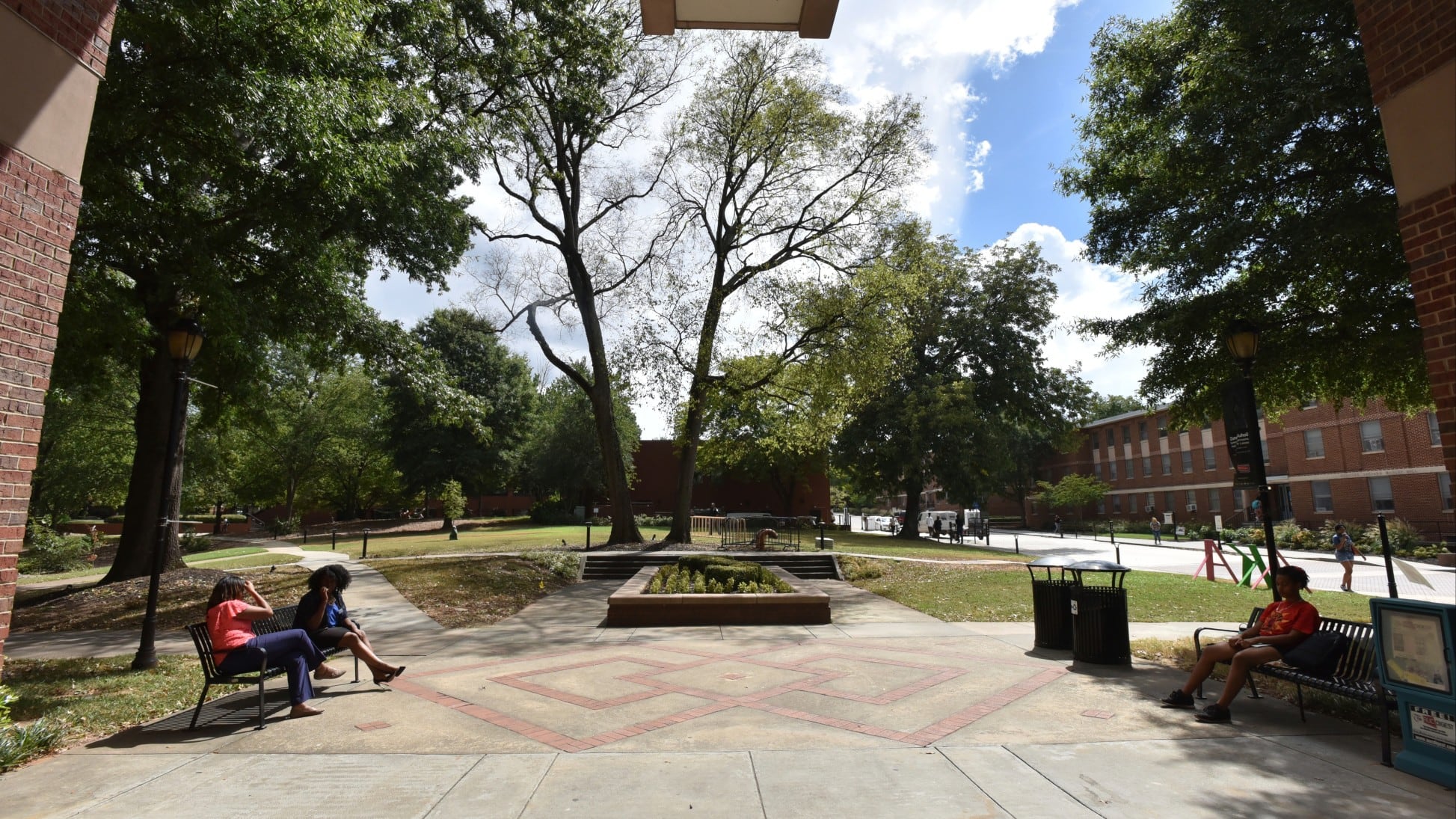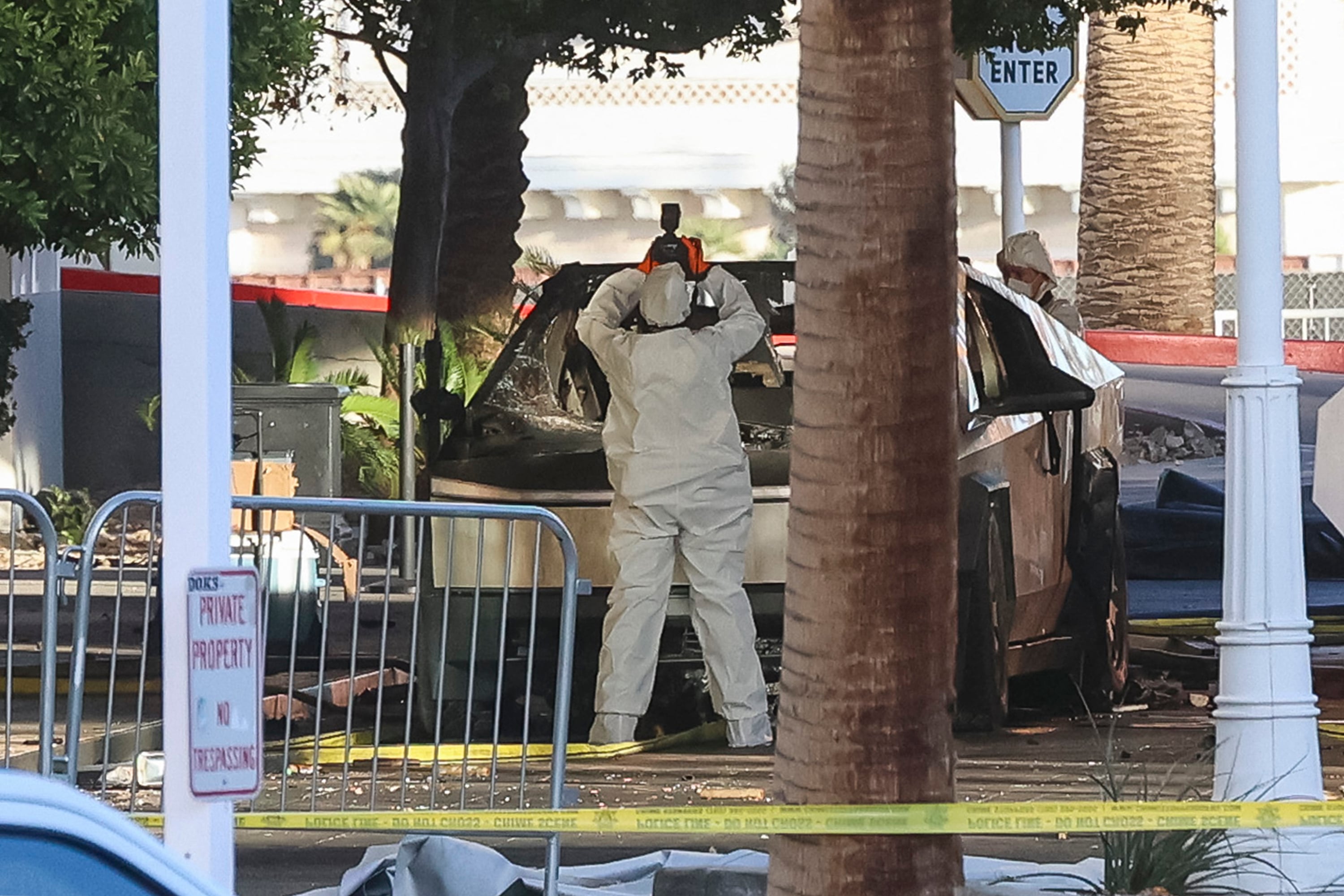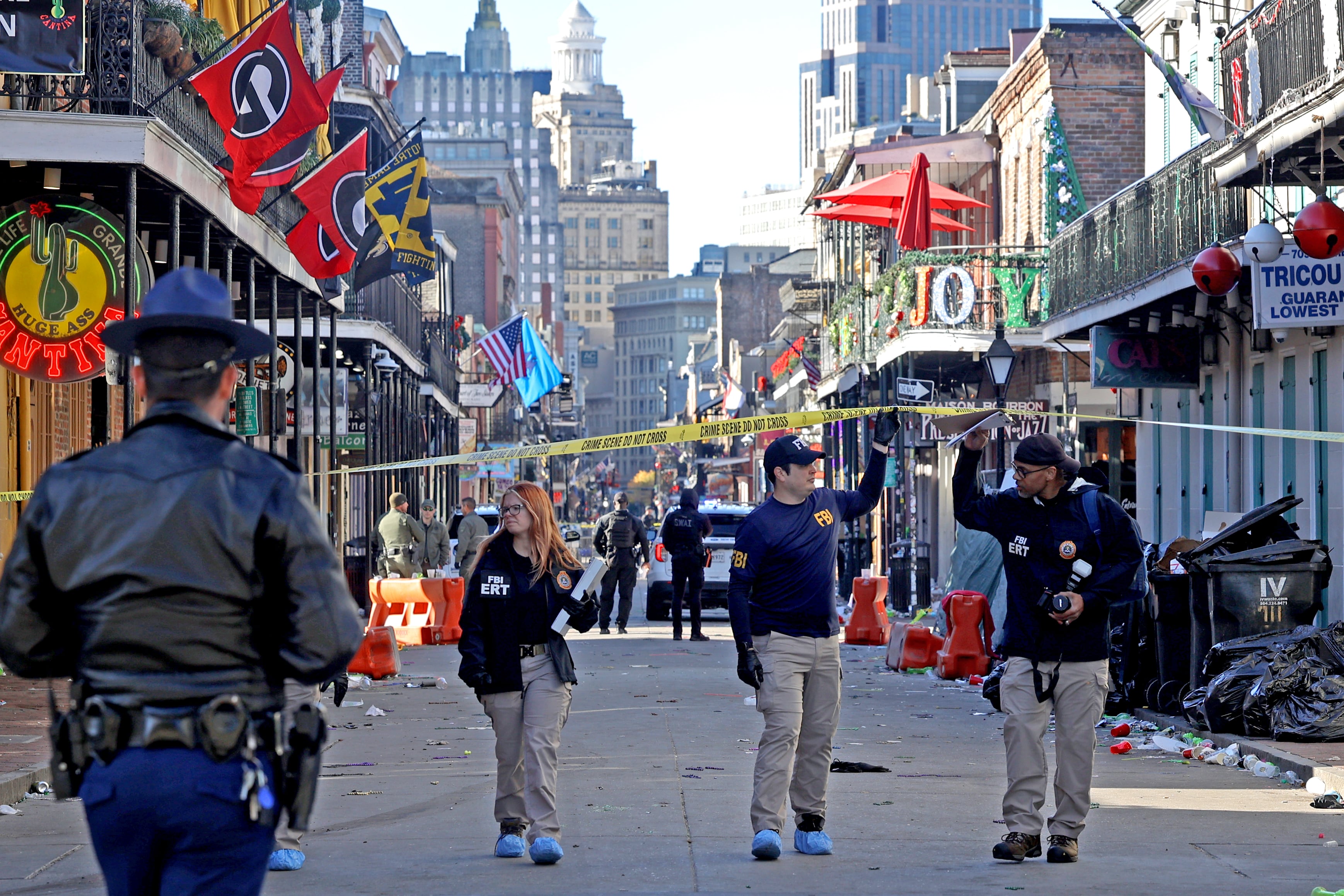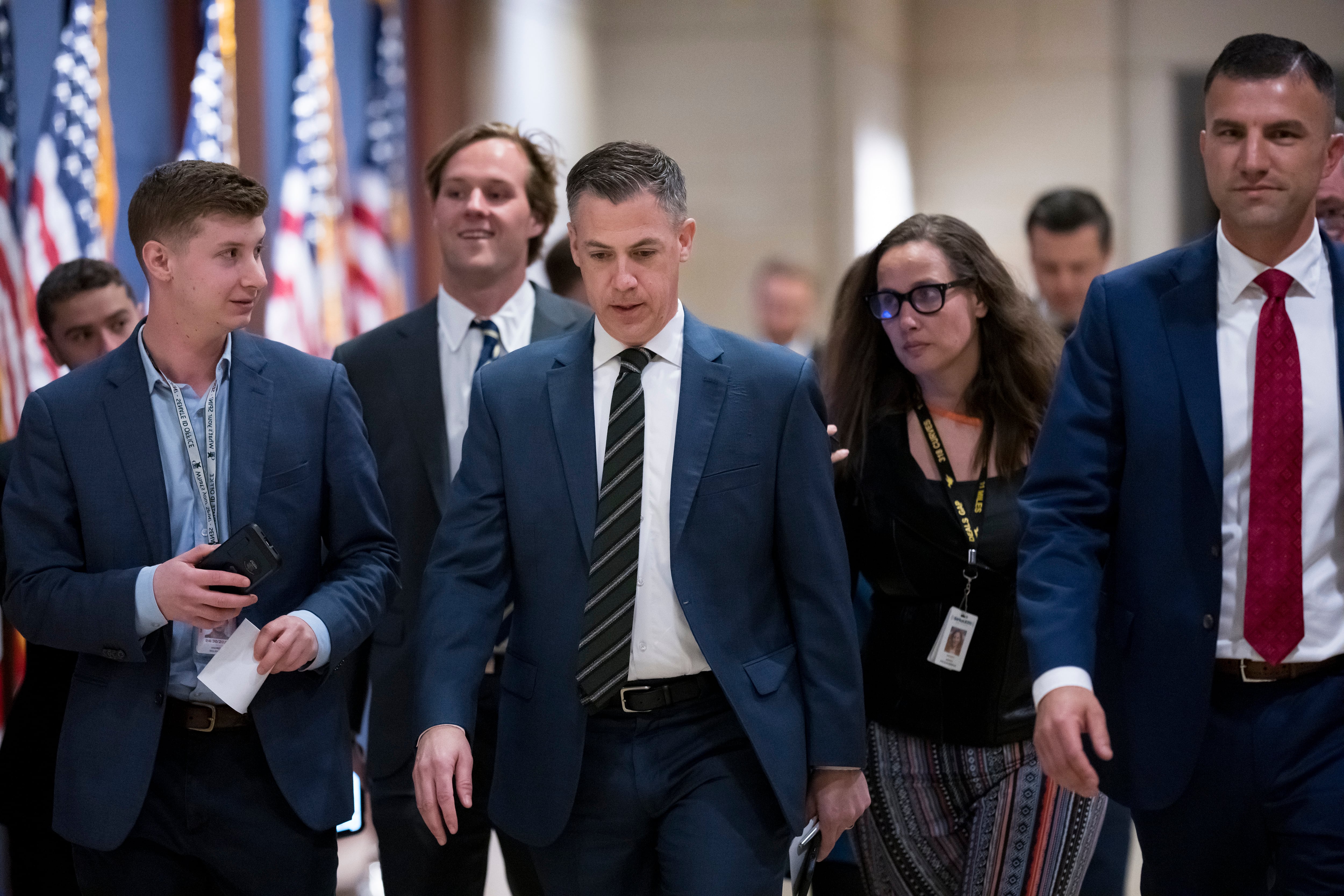LONDON — A knife-wielding man went on a deadly rampage at the heart of Britain's seat of power Wednesday, mowing down pedestrians on London's Westminster Bridge before stabbing an armed police officer to death inside the gates of Parliament. Four people were killed, including the attacker, and about 20 others were injured.
Lawmakers, lords, staff and visitors were locked down as the man was shot by police within the perimeter of Parliament and just yards (meters) from entrances to the building itself. He died, as did two pedestrians on the bridge, and the police officer.A doctor who treated the wounded said some had "catastrophic" injuries.
In the House of Commons, deputy Speaker Lindsay Hoyle announced that the sitting was being suspended and told lawmakers not to leave.
Police said they were treating the attacks as a terrorist incident and had launched a full counterterrorism investigation. There was no immediate claim of responsibility.
"We are satisfied at this stage that it looks like there was only on attacker," said Metropolitan Police counterterrorism chief Mark Rowley. "But it would be foolish to be overconfident early on."
The threat level for international terrorism in the U.K. was already listed at severe, meaning an attack is "highly likely."
Wednesday was the anniversary of suicide bombings in the Brussels airport and subway that killed 32 people, and the latest events echoed recent vehicle attacks in Berlin and Nice, France.
As lawmakers were voting inside Parliament, many reported hearing the sound of gunshots. Parliament was locked down for two hours, and adjoining Westminster subway station was shuttered.
Conservative parliamentarian Tobias Ellwood, whose brother was killed in the Bali terror attack in 2002, performed mouth-to-mouth resuscitation on the police officer who was stabbed and later died. About 10 yards away from the police officer was the attacker who was shot dead by police after scaling the security wall toward the Parliament's grounds.
Ellwood, who served in the British military and served in Bosnia, Northern Ireland, Kuwait and Cyprus, applied pressure to the police officer's multiple lacerations.
Photographs showed Ellwood's bloodied hands and face from the police officer's wounds while the alleged attacker was seen nearby.
Ellwood has been an undersecretary at the Foreign Office since 2014, covering the Middle East and Africa.
After leaving a trail of destruction on the bridge in a gray SUV, the attacker managed to get through tall iron gates and into Parliament's New Palace Yard, a cobbled courtyard in the shadow of the Big Ben clock tower.
Just yards to the right is the entrance to 1,000-year-old Westminster Hall, the oldest part of the parliamentary complex, busy with visitors and school groups. Beyond that, a corridor leads to the building's Central Lobby, flanked by House of Commons and House of Lords chambers.
Prime Minister Theresa May was among lawmakers near the Commons at the time of the attack, and was quickly ushered away by security officers and driven back to Downing St.
To get that far, the attacker would have had to evade the armed officers who patrol the Parliament complex in pairs, as well as Parliament's own security staff, who don't carry guns.
The attack unfolded within sight of some of the city's most famous tourist sites, including the London Eye, a large Ferris wheel with pods that overlook the capital. It stopped rotating and footage showed the pods full as viewers watched police and medical crews on the bridge, which has at its north end Big Ben and Parliament, two iconic symbols.
"The whole length of the bridge there were people on the ground," witness Richard Tice told Sky News. The London Ambulance Service said it had treated at least 10 people on the bridge, and British port officials said a woman was pulled from the River Thames, injured but alive.
Dr. Colleen Anderson of St. Thomas' Hospital said a female pedestrian died and around a dozen people were hurt.
"There were some with minor injuries, some catastrophic. Some had injuries they could walk away from or who have life-changing injuries," she said.
The French Foreign Ministry said that three students on a school trip from Saint-Joseph in the Brittany town of Concarneau were among the injured.
French Prime Minister Bernard Cazeneuve offered support to the British and to "the French students wounded, their families and their schoolmates." London is a common destination for French school trips.
Witness Rick Longley told the Press Association that he heard a bang and saw a car plow into pedestrians and come to a crashing stop. Images from the scene showed pedestrians sprawled on the ground, with blood streaming from a woman surrounded by a scattering of postcards.
"They were just laying there and then the whole crowd just surged around the corner by the gates just opposite Big Ben," he said. "A guy came past my right shoulder with a big knife and just started plunging it into the policeman. I have never seen anything like that. I just can't believe what I just saw."
At Parliament, a body was seen lying in the yard. It wasn't clear if it was the attacker.
Dennis Burns, who was just entering Parliament for a meeting, told the Press Association he heard a radio message saying an officer had been stabbed. Police and security rushed outside as he was going in.
"When I got inside I was wondering what the hell was going on and I saw dozens of panicked people running down the street," he said. "The first stream was around 30 people and the second stream was 70 people. It looked like they were running for their lives."
Daily Mail journalist Quentin Letts said he saw a man in black attack a police officer outside Parliament before being shot two or three times as he tried to storm into the House of Commons.
"He had something in his hand, it looked like a stick of some sort, and he was challenged by a couple of policemen in yellow jackets," Letts told the BBC. "And one of the yellow-jacketed policemen fell down and we could see the man in black moving his arm in a way that suggested he was stabbing or striking the yellow-jacketed policeman."
Lett said the other officer ran to get help and the man in black ran toward the entrance.
"As this attacker was running towards the entrance two plain-clothed guys with guns shouted at him what sounded like a warning, he ignored it and they shot two or three times and he fell," he said.
London has often been the target of terrorist attacks, from IRA campaigns in the 1970s and 80s to more recent Islamist plots.
On July 7, 2005, four Al-Qaida-inspired British bombers blew themselves up on three subway trains and a bus in London, killing 52 people.
British security forces say they have thwarted some 13 terror plots over the past four years, but in recent years the U.K. has largely been spared major international terror attacks such as the ones seen in Belgium and France.
Last year, a far-right supporter shot and killed British lawmaker Jo Cox, who had campaigned for the U.K. to remain in the European Union. Prior to that, an attacker claiming to be motivated by Syria stabbed three people at a London subway station.
The most gruesome recent attack occurred in 2013 when two Muslim converts of Nigerian descent attacked Lee Rigby, a British Army soldier who was walking down the street. The men ran Rigby down with their vehicle and then used a cleaver to hack him to death as bystanders watched in horror.
Paisley Dodds, Sophie Berman, Gregory Katz and Rob Harris in London and Lori Hinnant in Paris, contributed to this report.
